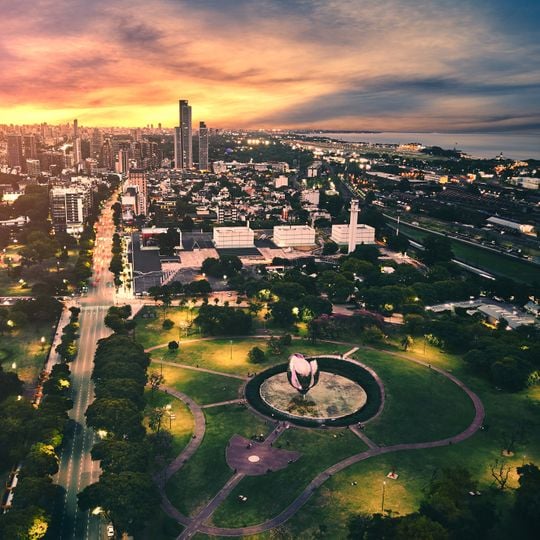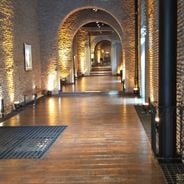Floralis Genérica, Steel sculpture in Plaza de las Naciones Unidas, Buenos Aires, Argentina.
Floralis Genérica is a sculpture in Plaza de las Naciones Unidas, Buenos Aires, Argentina, made from polished stainless steel. The six petals rise about 20 meters above the ground and rest on a central stem anchored in a shallow reflecting pool.
Argentine architect Eduardo Catalano designed the flower and donated it to the city in 2002 as a symbol of hope and renewal. The mechanical system comes from aerospace engineering and was implemented by a local industrial company.
The sculpture represents a universal flower, opening its petals at sunrise and closing them at sunset, except during four national celebrations throughout the year.
The flower stands in a park near the National Museum of Fine Arts and is visible from the sidewalk at all times. Visitors can watch the opening during daylight and the closing at dusk when the motors are active and the petals move.
Each petal is fitted with sensors that monitor wind conditions and automatically trigger closing during strong gusts to avoid damage. Small solar cells on the surface provide additional energy for the night lighting that illuminates the polished metal from below.
Location: Buenos Aires
Inception: April 13, 2002
Creator: Eduardo Catalano
Height: 20 m
Made from material: stainless steel, solar cell
GPS coordinates: -34.58302,-58.39326
Latest update: December 5, 2025 22:23

National Museum of Fine Arts
111 m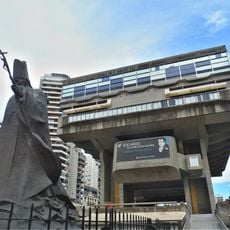
Mariano Moreno National Library
467 m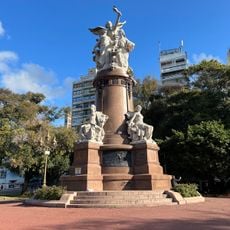
Plaza Francia
206 m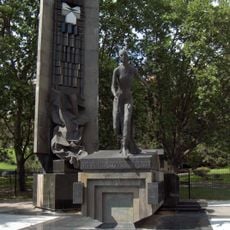
A Maria Eva Duarte de Perón by Ricardo Gianetti
339 m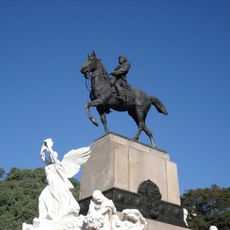
Monument to Bartolomé Mitre
306 m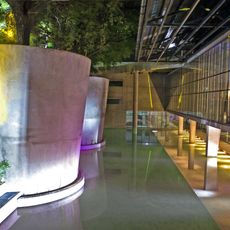
Centro de Exposiciones de Buenos Aires
334 m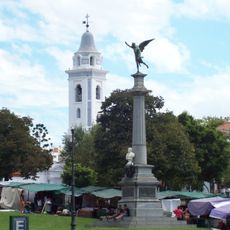
Torcuato de Alvear
241 m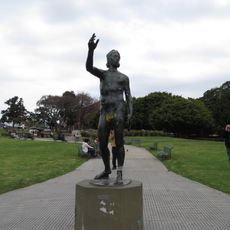
El hombre parlante
241 m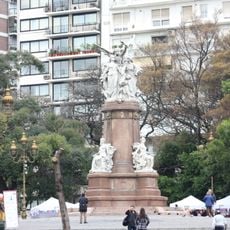
Monumento Francia a la Argentina
241 m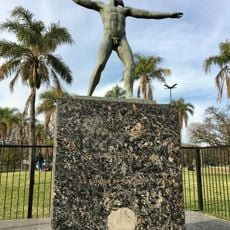
Copy of God of Cape Artemision
262 m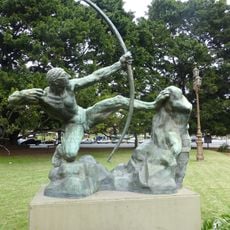
Héraklès archer
269 m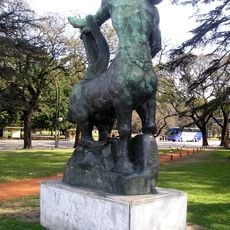
La mort du dernier centaure by Antoine Bourdelle
169 m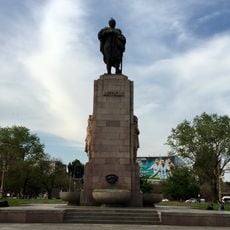
Gral. José Gervasio de Artigas
403 m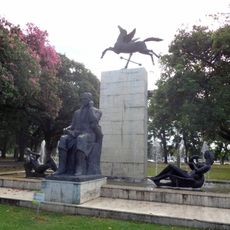
Rubén Darío
313 m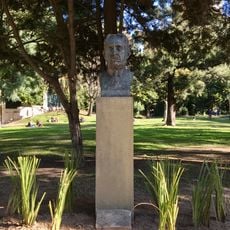
Dr. Luis Agote
161 m
Roberto Goyeneche
316 m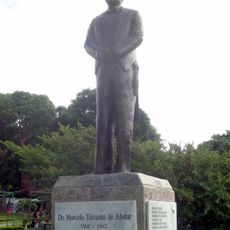
Homenaje a Marcelo T. de Alvear
241 m
El Sembrador
22 m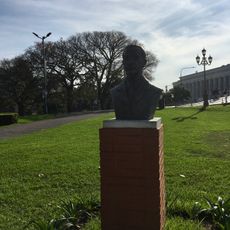
Dr. Alfredo Vítolo
242 m
Jorge Canning
192 m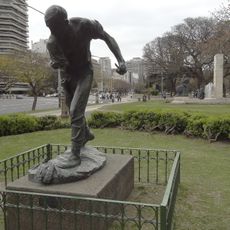
El Segador
219 m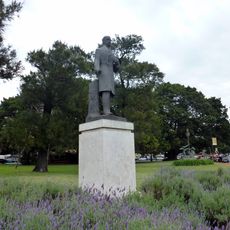
Dr. José Figueroa Alcorta
289 m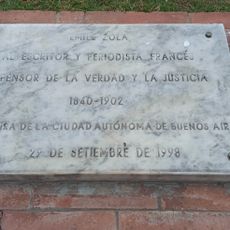
Homenaje a Emilio Zola
241 m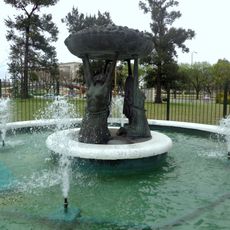
Las Tarascas
314 m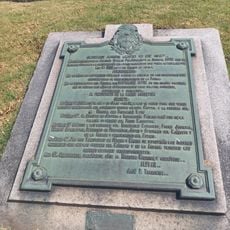
Homenaje a Bartolomé Mitre
304 m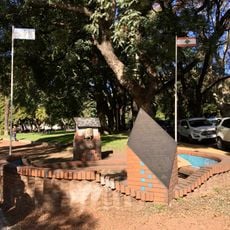
Gibran Khalil Gibran
210 m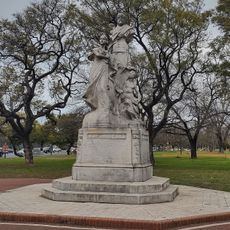
Dr. Aristóbulo del Valle
391 m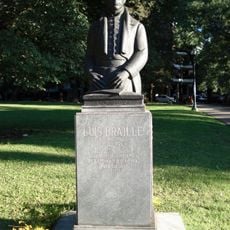
Dr. Luis Braille
164 mVisited this place? Tap the stars to rate it and share your experience / photos with the community! Try now! You can cancel it anytime.
Discover hidden gems everywhere you go!
From secret cafés to breathtaking viewpoints, skip the crowded tourist spots and find places that match your style. Our app makes it easy with voice search, smart filtering, route optimization, and insider tips from travelers worldwide. Download now for the complete mobile experience.

A unique approach to discovering new places❞
— Le Figaro
All the places worth exploring❞
— France Info
A tailor-made excursion in just a few clicks❞
— 20 Minutes
